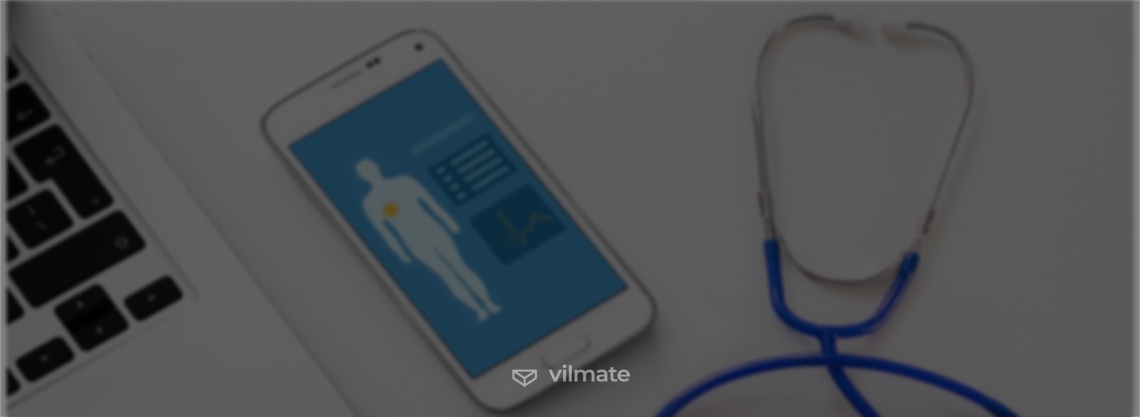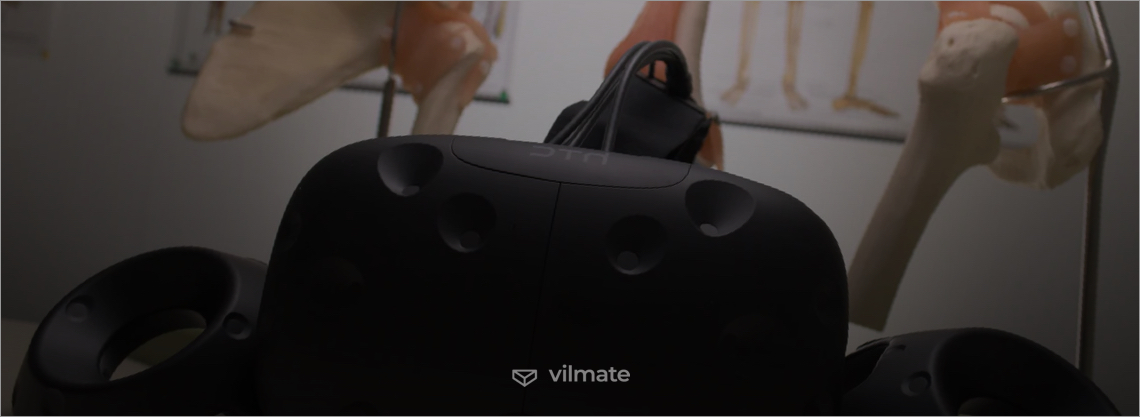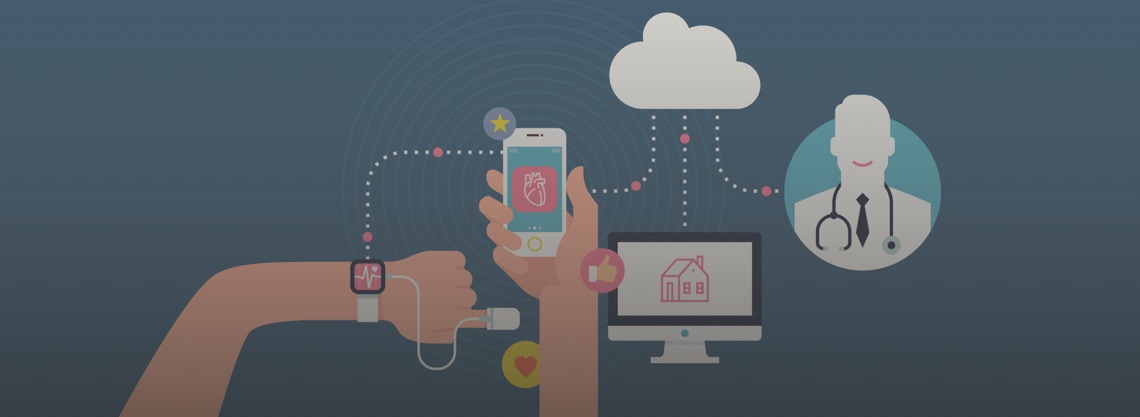Technology is the key to the majority of global processes. It transforms the ways we communicate, work, travel, entertain, and use services.
Even more importantly, technology has eased the circulation of information, raised social awareness, and boosted global activity on fundamental issues. They include the general rights of people regarding the freedom of choice, decent living and working conditions. Basic health services accessibility is also in the list.
In this abstract, we’ll discuss why equity in healthcare is important and how technology can help overcome global health disparities.
Being connected is where everything starts
According to UN reports, around 5 billion people used the internet in 2021. But still, almost 3 billion people stay offline. The statistics continue to grow in favor of the number of internet users, but the access to a stable internet connection remains limited.
As a rule, it’s mostly observed in developing countries. The affordability of staying connected is cut there, or beyond the reach of certain groups.
It’s easy to make parallels between the spread of internet technology and the economic level of a particular country or part of society. Commonly, the more developed a country is, the higher is the level of its digital literacy and global network connectivity (see the picture below).
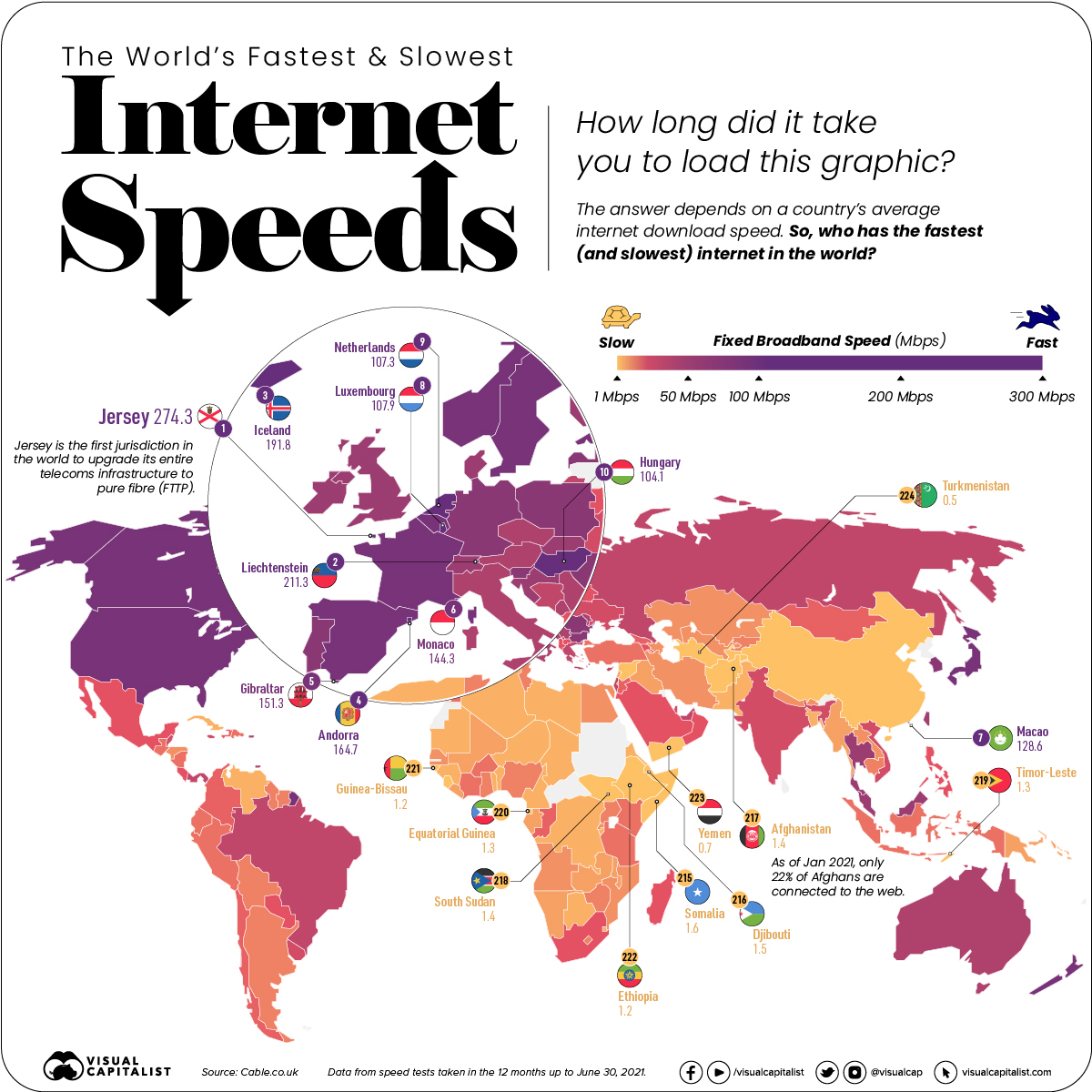
However, it doesn’t mean that the potential of other massive layers of the population has to stay on the same level.
Mobile broadband networks, near-orbital satellite chain systems, and other conventional and non-conventional means open immersive opportunities for the spread of multiform information.
The approachability of such technologies increase social awareness and strengthen community bonds. But, most significantly, equals the opportunities for applying the benefits of civilization on a global scale.
And now, let’s get back to healthcare issues and why health equity is monumental.
Why equity of access to healthcare is important
So what does health equity actually mean?
According to the Centers for Disease Control and Prevention, equity in healthcare is achieved when every person has the opportunity to ‘attain his or her full health potential’ and no one is ‘disadvantaged from achieving this potential because of social position or other socially determined circumstances.’
Put it otherwise, no matter which population subgroup you belong to, any medical assistance must be guaranteed.
Why is it considered one of the fundamental human rights? The confidence about the future and the feeling that you won’t be left alone in a critical situation is vital. It grounds the ability of a person to be more creative and center the energy on finding a place in life. It also decreases anxiety, and, let’s say, adds to inner human dignity.
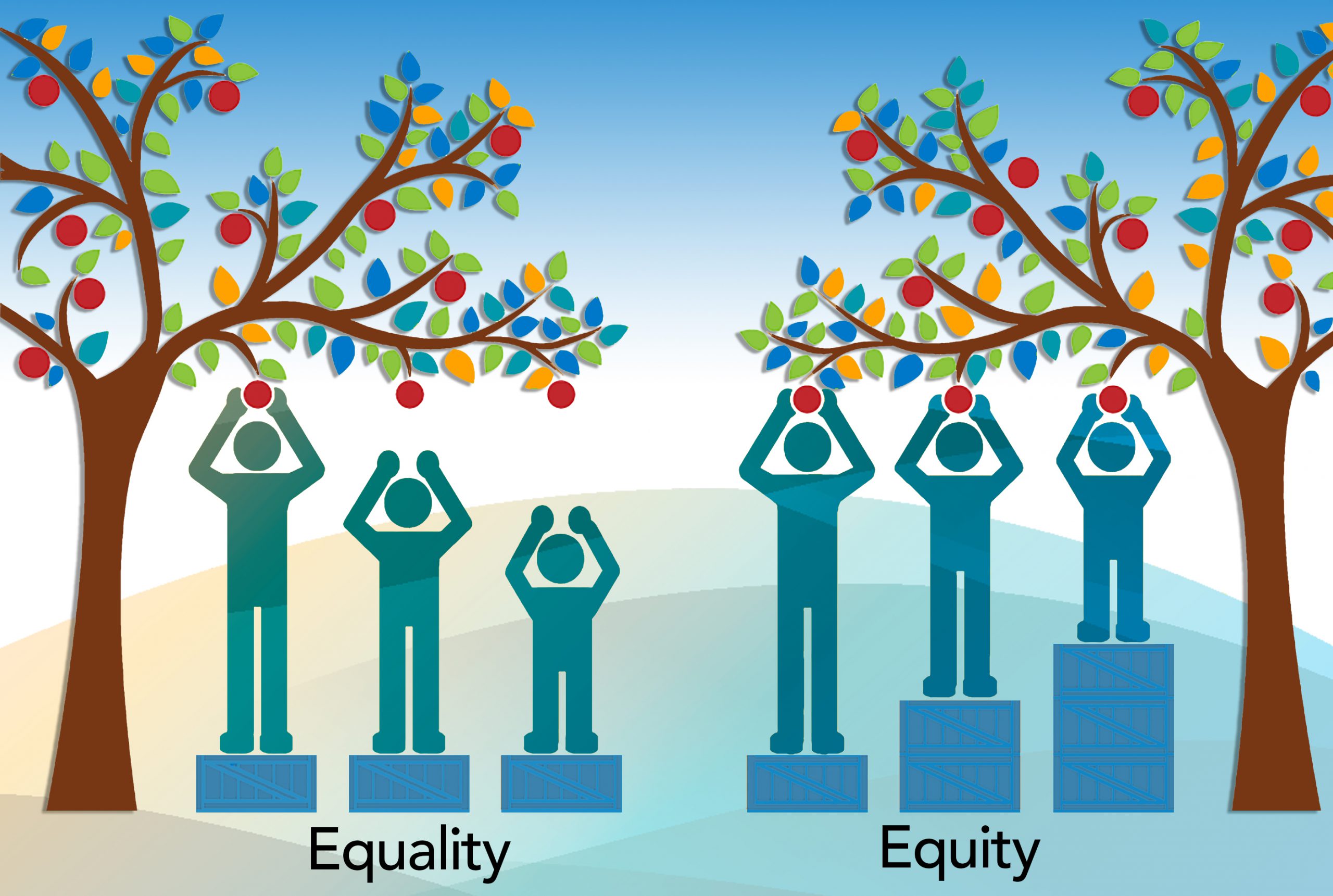
A society consisting of confident, self-aware, morally decent, physically and mentally healthy individuals inevitably becomes more stable, law-abiding, and predictable.
But the benefits don’t end here. Health equity leads to more efficient healthcare systems overall. The healthier the population is, the less medical care it requires. So it’s easier to allocate resources more purposively, giving more help to those who are desperate for equitable healthcare.
The role of technology in achieving health equity
Global healthcare systems have been under a stress test for the past few years. Several pandemic waves and overwhelmed workers are quite a lot to handle without burning out.
The so-called ‘COVID era’ exposed certain weak spots in healthcare systems. But the tendency for improvement of horizontal and vertical equity in healthcare remains. And the implementation of digital technology advantages the would-be patients in feeling secure.
So which means can modern technology provide to help reduce healthcare disparities?
To begin with, relying on one of the Forbes authors, health equity is on the agenda of the majority of healthcare organizations. But it’s not yet a mission-driven objective. However, digital technology manages to put the fundamental issue of healthcare equity at the forefront.
So how do health organizations and institutions apply technological approaches for their benefit? Here are a few notable instances.
Advanced analytical features
To know what you’re dealing with and comprehend the full picture, you need to have access to organized and structured data of many kinds. Healthcare activities produce vast amounts of data for storage and processing. It also serves as indicators for measuring health equity.
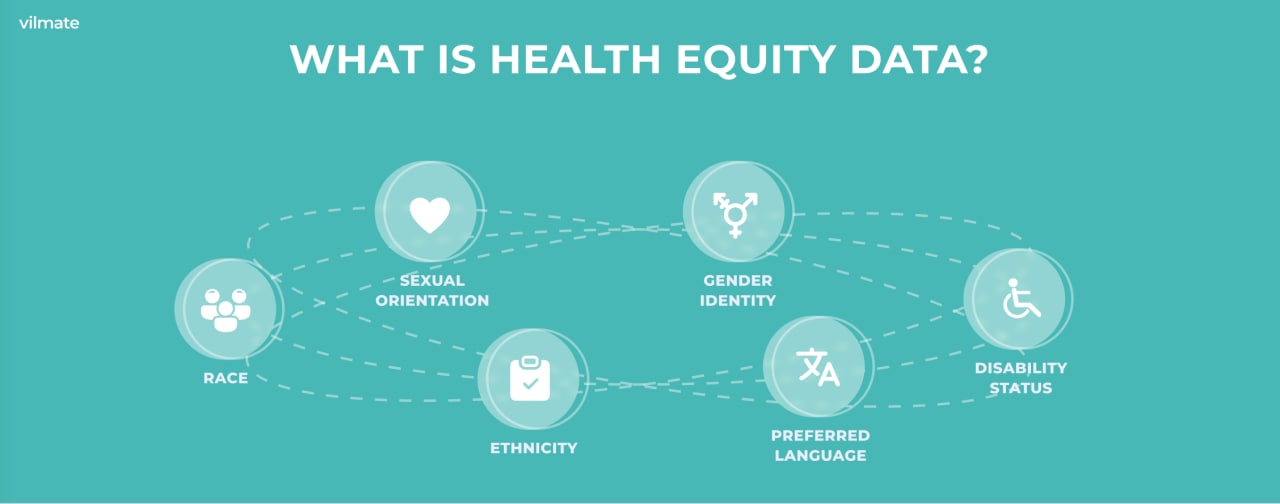
For a clearer insight into social situations, healthcare organizations use machine learning platforms. They’re usually based on publicly available data. It allows to identify risks, make predictions, and form decisions on preventing difficulties. It’s more efficient than dealing with the consequences.
On a smaller scale, local medical startups can analyze the supply and demand on the market. It allows to make more weighted decisions about their technology-enabled healthcare service. It gives more chances to hit the required target audience, unlock the potential, and speed up digital health equity in perspective.
Instant communication
The ability to have a remote talk is often underestimated. Contemporary means of instant communication are a great benefit for improving health equity. Especially for distant or even isolated areas.
Remote consultations may often set the ground for more reasonable thinking regarding health. Also, they prevent unqualified self-treatment and unfortunate rush decisions.
Knowing that there’s a medical worker within your reach may stop you from just googling your symptoms and falling into panic.
Nowadays, telehealth services are one of the major tools to define health equity. Remote connection is the result of digital transformation that the world is currently under, and makes good service for improving healthcare with technology.
Enhanced digital literacy
The existence of digital health technology is not the same as having people use it. The BMC Health Services Research study shows that certain groups lack access to digital health technology.
And the reason is not that it’s unapproachable or unaffordable. Insufficient e-user skills, lack of training, and fear of the digital environment raise barriers to health equity.
Like we said:
A. be connected
B. possess basic user skills
C. enjoy digital literacy
The scheme below illustrates the combination of basic parameters for achieving digital health equity via technology integration and data manipulation.
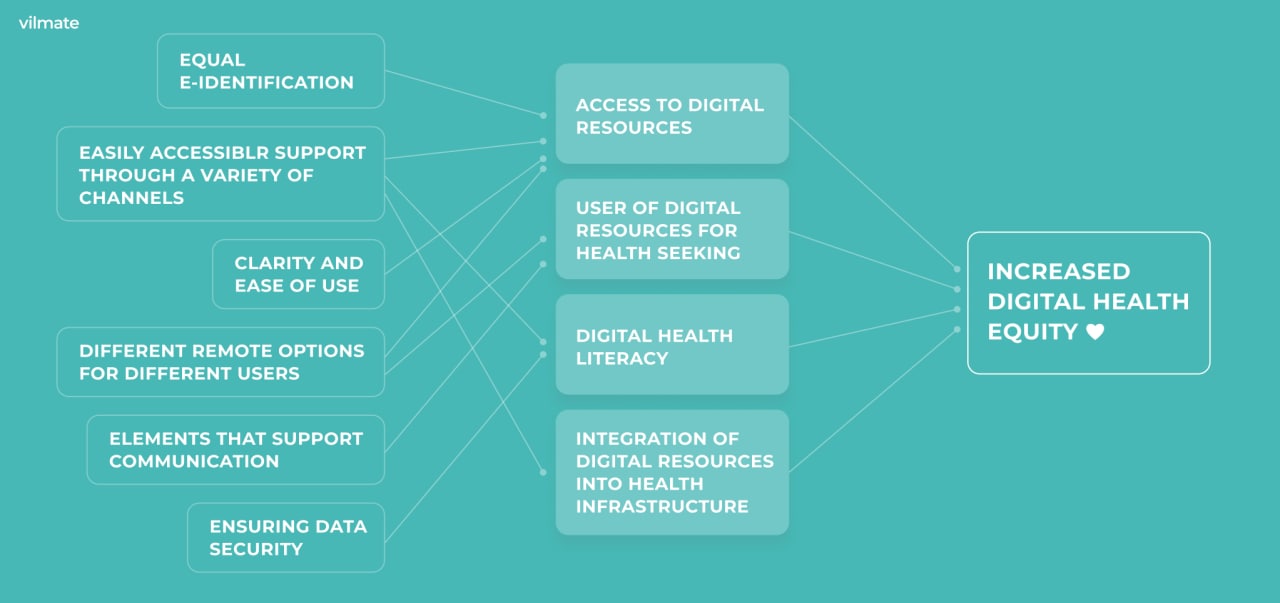
So you’d better not drag your feet with presenting your grandma a smartphone :)
Great examples of digital health equity endeavors
So let's look at some cases around the globe that could illustrate the awareness of people about health equity and related aspects.
Google health equity support program
The company whose products constitute a huge part of our daily routine. Well-known for their equity policy and philanthropic ventures. In my personal opinion, such free services like Google Drive are a gift for humanity that pushes us forward and boosts our activity on many levels.
Regarding improving healthcare with technology, Google is on top. Huge investments in research of such diseases as Parkinson’s and Alzheimer’s, as well as many others, do good service to say the least. You can read more on Google healthcare projects here. Or you can just ‘google’ for more:)
Talking more specifically about health equity, united with Google.org, a team of specialists from Detroit launched the project of Health Equity Tracker. It’s aimed at collecting health equity data from across the United States and centralizing it all in one place.
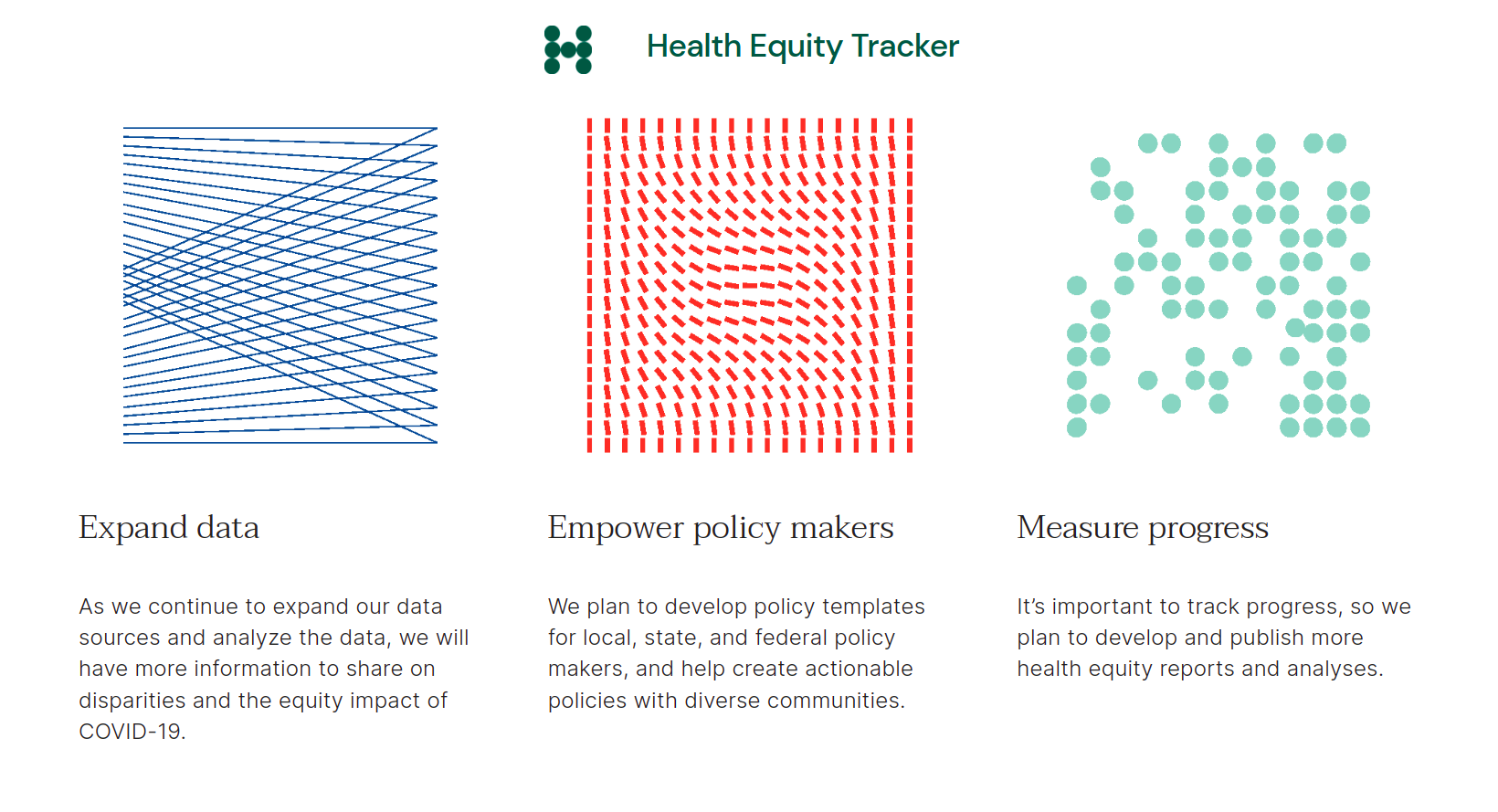
It will help expand data, provide more actionable policy regarding local and federal communities, and develop more precise health equity reports and analysis.
Amazon health equity cloud solutions
Another huge corporation that has already gone far beyond just making profits.
Amazon is contributing to multiple spheres. Space exploration, logistics, retail, educational programs, and e-books are the areas of interest. And their cloud-providing services may be put in the same line with Google and Microsoft.
As for equity of access to healthcare, Amazon spends no less resources than Google. One of their latest programs on helping customers develop cloud solutions to advance health equity can set the role model for enhancing business together with reducing health disparities.
The global mission of this effort is to increase access to health services and reduce disparities. It’s achieved by addressing social determinants of health and inclusive systems of care.
It’s good to know that titans of the IT industry are investing funds in promoting equity in healthcare. But they’re not the only ones. Let’s look at the last example, but not least.
Grace Health app on guard of women’s well being
This example is less global than Google or Amazon. However, it contributes its share to advancing health equity and providing telehealth services.
Grace Health developed an app for women across East and West Africa. Their mission was to create a digital health clinic where women could find trusted and accessible information, track their cycles, and find answers to questions about their sexual and reproductive health.
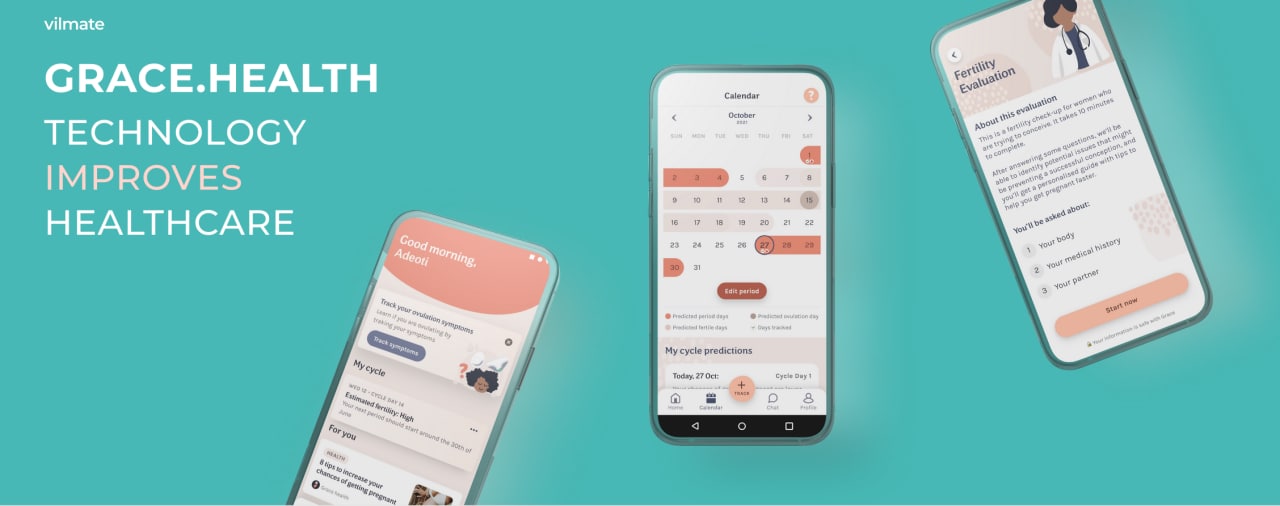
Currently, Grace Health is the #1 women’s health app trusted across East and West Africa. And here, at Vilmate, we’re proud to have the opportunity to cooperate with such a company and assist in improving digital health equity.
We realize that technology improving healthcare demands only high-quality services and skilled specialists. The level of responsibility is tremendous, as what can be more important than a person’s health and, thereafter – life.
To finalize
So those were a few thoughts on how technology can expand health equity, the importance of digital health, and digital transformation in healthcare.
Vilmate is more than experienced in custom healthcare software development. A significant portion of our Portfolio consists of the clients who decided to put effort into the sphere of telehealth and other aspects of digital healthcare.
Stay tuned with Vilmate! And don’t hesitate to knock on the door :)

